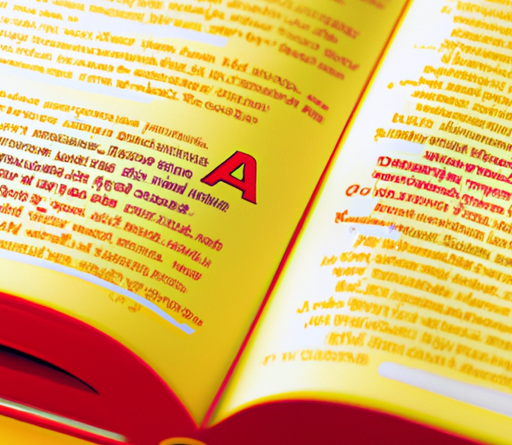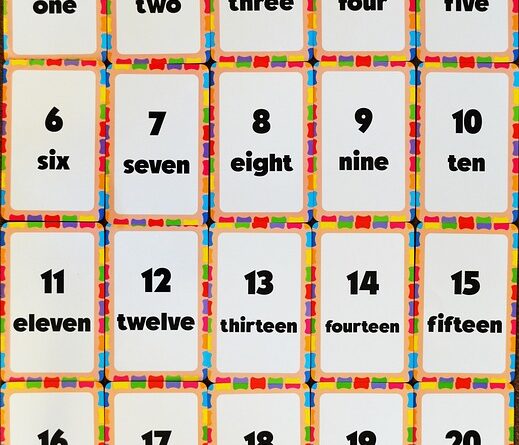
Hello there! In this article, we’ll be discussing how to say ‘hi’ in Spanish. We’ll go through some simple tutorials that will help you master the basic greetings in Spanish. By the end of this article, you’ll know exactly how to greet someone in Spanish and make a great first impression! So, let’s get started and learn some fun ways to say ‘hi’ in Spanish.
Table of Contents
Learn How to Say ‘Hi’ in Spanish
Greetings are an essential part of any language and mastering them can help you make a great first impression in any Spanish-speaking country. Whether you’re a traveler or simply want to connect with Spanish speakers in your community, learning how to say ‘hi’ in Spanish is a fundamental step. In this article, we will explore the basic greetings, formal greetings, informal greetings, common phrases, and some tips to practice and avoid common mistakes. So, let’s get started!
Basic Greetings
Using ‘Hola’
The most common and simple way to say ‘hi’ in Spanish is by using the word “hola”. This versatile greeting can be used in any situation, whether it’s meeting someone for the first time or greeting a group of people.
Using ‘Buenos días’
To say ‘good morning’ in Spanish, you can use the phrase “buenos días”. It is customary to use this greeting until around midday.
Using ‘Buenas tardes’
In the afternoon, you can use the phrase “buenas tardes” to say ‘good afternoon’. This greeting is appropriate to use until the evening hours.
Using ‘Buenas noches’
To say ‘good evening’ or ‘good night’ in Spanish, you can use the phrase “buenas noches”. This greeting is typically used from around dusk until bedtime.

Formal Greetings
Using ‘Señor/Señora’
In more formal settings or when addressing someone of higher status, it is common to use the titles “señor” for Mr. and “señora” for Mrs./Ms. followed by their last name. For example, you can greet someone by saying “Buenos días, Señor López”.
Using ‘Estimado/Estimada’
When writing a formal letter or email, you can use the word “estimado” for males and “estimada” for females as a polite and respectful greeting. For example, you can start an email with “Estimado Sr. García”.
Informal Greetings
Using ‘Hola’
Just like in the basic greetings, “hola” can also be used in informal situations. It’s a friendly and casual way to say ‘hi’ to friends, family, or people around your age.
Using ‘¿Qué tal?’
A common informal greeting is the phrase “¿Qué tal?” which means ‘how are you?’. It’s a way to show interest in the person’s well-being and start a conversation. A typical response would be “Bien, ¿y tú?” meaning ‘Good, and you?’.
Using ‘¿Cómo estás?’
Similar to “¿Qué tal?”, “¿Cómo estás?” is another informal way to ask ‘how are you?’. It’s a versatile phrase that can be used in different contexts and with different people.

Common Phrases
Introductions
When introducing yourself, you can say “Me llamo…” followed by your name. This translates to ‘My name is…’ and is a common way to make acquaintances.
Asking about well-being
Besides the informal greetings mentioned earlier, you can also directly ask “¿Cómo estás?” or “¿Cómo te va?” to inquire about someone’s well-being.
Wishing someone a good day
To bid farewell and wish someone a good day, you can use the phrase “Que tengas un buen día”. It’s a polite and friendly way to end a conversation.
Practice and Common Mistakes
Speaking with native speakers
The best way to practice your greetings and improve your Spanish skills is by speaking with native speakers. You can join language exchange groups, enroll in language classes, or find conversation partners online. Practicing regularly will help you feel more comfortable and confident when using greetings in real-life situations.
Avoiding literal translations
One common mistake language learners make is relying too heavily on literal translations. It’s important to understand the cultural context and use appropriate language when greeting someone in Spanish. For example, directly translating English phrases like “What’s up?” into Spanish may not have the same effect and could be confusing for native speakers.
Avoiding Literal Translations
Understanding cultural context
When learning a new language, it is crucial to understand the cultural context in which greetings are used. In Spanish-speaking countries, greetings are often accompanied by physical contact, such as a handshake or a kiss on the cheek. Being aware of these cultural norms will help you navigate social interactions more smoothly.
Using appropriate language
Instead of relying on direct translations, it’s important to learn and use the appropriate language for greetings in Spanish. By practicing and immersing yourself in the language, you will become more familiar with the appropriate phrases and expressions to use in different situations.
In conclusion, greetings are the foundation of any conversation, and learning how to say ‘hi’ in Spanish is a valuable skill. Whether you’re using the basic greetings, formal greetings, or informal greetings, mastering these common phrases will help you connect with native Spanish speakers and make a positive impression. So, don’t hesitate to greet others with a friendly “hola” or engage in a conversation with a polite “¿Cómo estás?”. Keep practicing, avoid literal translations, and soon enough, you’ll be confidently greeting others in Spanish like a pro. ¡Buena suerte! (Good luck!)







